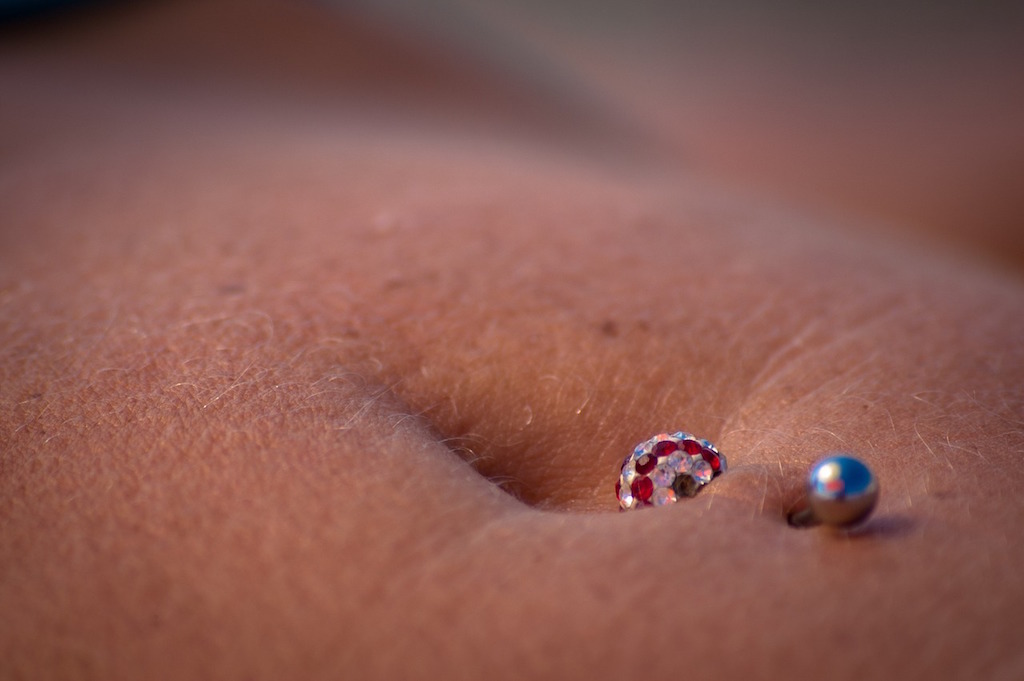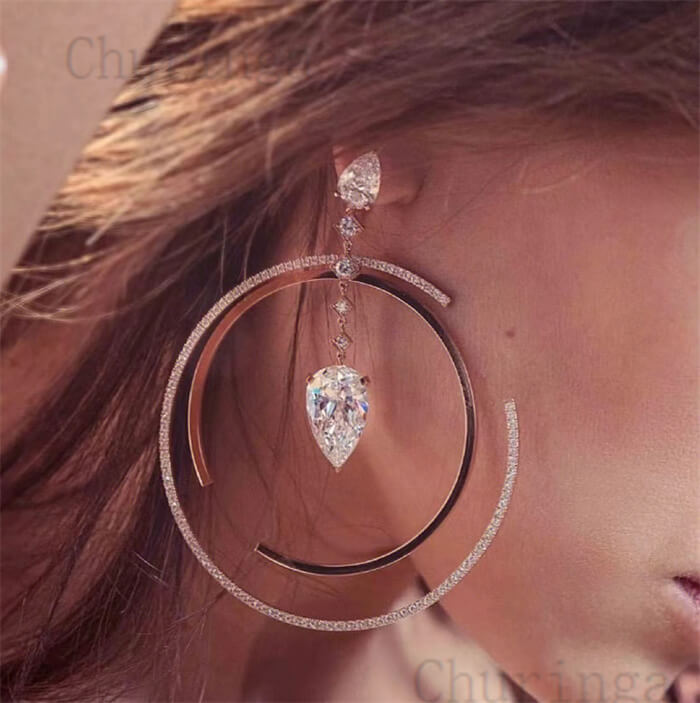When we talk about taking care of piercings, the conversation tends to surround healing new piercings. It makes sense; the healing period is the time when piercings need the most attention.
However, you need to make sure that you take care of your piercings for their entire lifespans. Things like choosing the right jewelry materials, the jewelry shape, and maintaining good piercing hygiene are all imperative when it comes to the prolonged success of your piercing.
Many people are shocked when they’ve had a body piercing for years and suddenly a piercing bump forms or some other complication arises. However, this is not uncommon. There are a number of factors that could cause problems in a well healed piercing.
Here’s a quick guide to common issues seen in healed piercings.
A piercing bump appears
If you’ve been pierced before, you’ve probably been warned about piercing bumps. These unsightly little things can appear during healing, and although they’re obnoxious, they usually go away on their own.
You might be dismayed to find out that piercing bumps aren’t relegated to healing piercings. They can appear in healed piercings for a few reasons.

If you choose jewelry that fits too tightly, it could cause a piercing bump.
In both healed and healing piercings, piercing bumps are often a result of trauma to the piercing site. If you see a piercing bump form in your healed piercing, it’s likely because you recently snagged the jewelry, you’ve changed your jewelry to a piece that’s too small, or your jewelry is made from cheap or unsuitable materials.
Don’t worry, these should go away on their own. However, it’s a good idea to have a piercer take a look to help you determine the cause of the bumps. Once that has been rectified, just be patient, and your piercing will soon be good as new.
The skin around the jewelry turns red and flaky
Another big thing that we’re taught to watch out for as our piercings heal is piercing rejection. Unfortunately, jewelry rejection can happen in a piercing of any age.
Jewelry rejection is more common in piercings like eyebrow and navel piercings, as well as surface-to-surface piercings (more commonly known as surface piercings) and surface anchors (sometimes called dermal piercings). It occurs for a number of reasons, but in healed piercings, you can safely narrow it down to three culprits: 1) you recently changed your jewelry to something your body doesn’t like, 2) you experienced a significant snag, 3) the piercing has seen too much movement or change (like sudden weight gain).

If you experience sudden weight change or change your workout regimen, it could trigger rejection of your navel piercing.
If you start to see signs of jewelry rejection, it’s a good idea to see your piercer ASAP. They might be able to help you save the piercing, but it’s highly possible that they’ll ask you to remove the jewelry to allow the piercing to heal. The good news is that if you catch jewelry rejection quickly enough, chances of scarring is small, and you might even be able to get it repierced once the old piercing has fully healed and a reputable piercer says it’s healthy to do so.
The piercing becomes red and inflamed
If your healed piercing becomes red, inflamed, itchy, and otherwise uncomfortable, the culprit is likely poor jewelry materials.
The Association of Professional Piercers has a pretty strict list of suitable materials for piercings. This is because our skin has a tendency to react to non-biocompatible materials (materials that aren’t compatible with the body). A common non-biocompatible material is nickel, which is commonly mixed into metals to make them more durable.
Even if you’ve never had a metal sensitivity before, you can develop one over time. So, if your piercing suddenly starts getting uncomfortable, visit your piercer to purchase a proper body jewelry piece—titanium is the most common—and have them switch out your jewelry. Within a few days, you should see the redness subside.
The piercing starts to smell
Many piercings tend to get a little bit of a smell after a while, especially piercings like the septum or stretched lobes. This can be pretty disconcerting to many people, but luckily, the fix is easy: simply keep it clean.
Often, piercees prefer to wear one piece of jewelry in their piercing, and they never change it. However, they don’t realize that the jewelry and the piercing needs to be cleaned every once in a while, even after it’s healed.

If your piercing starts to smell, the fix is easy: clean it.
Every few weeks, before the stench appears, simply clean the piercing with a piercing aftercare saline solution. You should also clean the jewelry. You’ll likely see a bit of discharge, which is mostly made up of dead skin cells that get caught in the piercing tunnel, and it’s nothing to be worried about.
Piercings require responsible care throughout their lifetime. While healed piercings take less attention than healing piercings, you still need to conduct some care in order to keep them safe and healthy. Maintain good hygiene, invest in quality jewelry, and clean your jewelry every once in a while, and your piercings should be just fine.

